An ode to plant power
read more
The shared history of plants and people
The relationship between plants and people is complex and very old: 180.000 years ago, people started using plants for food. However, our earliest human ancestors realized that plants and trees were more than just a food source. Plants can heal wounds, cure diseases and improve mental health. Many of the plants used for medical purposes back then, are still being used in modern medicine today.
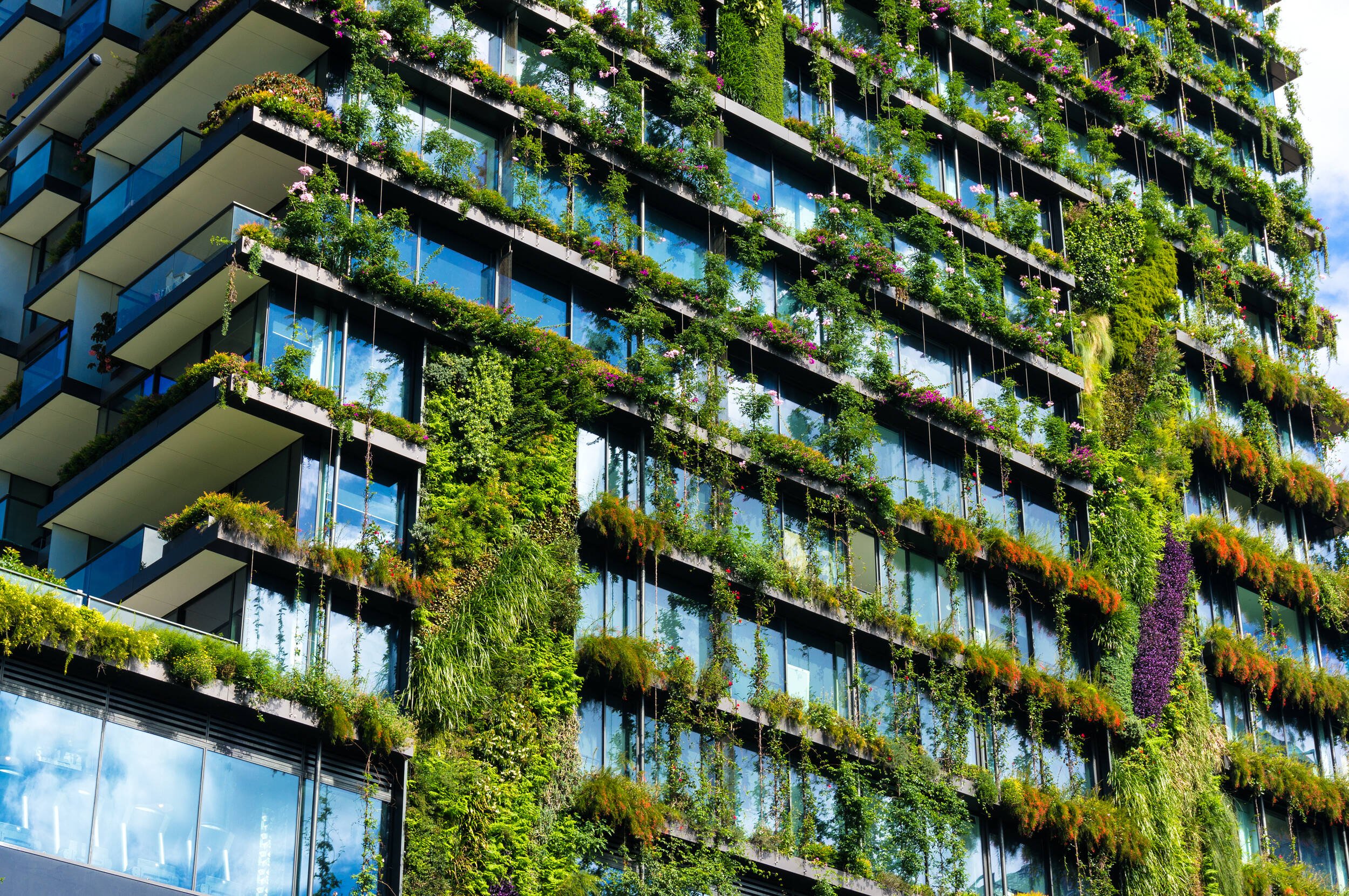
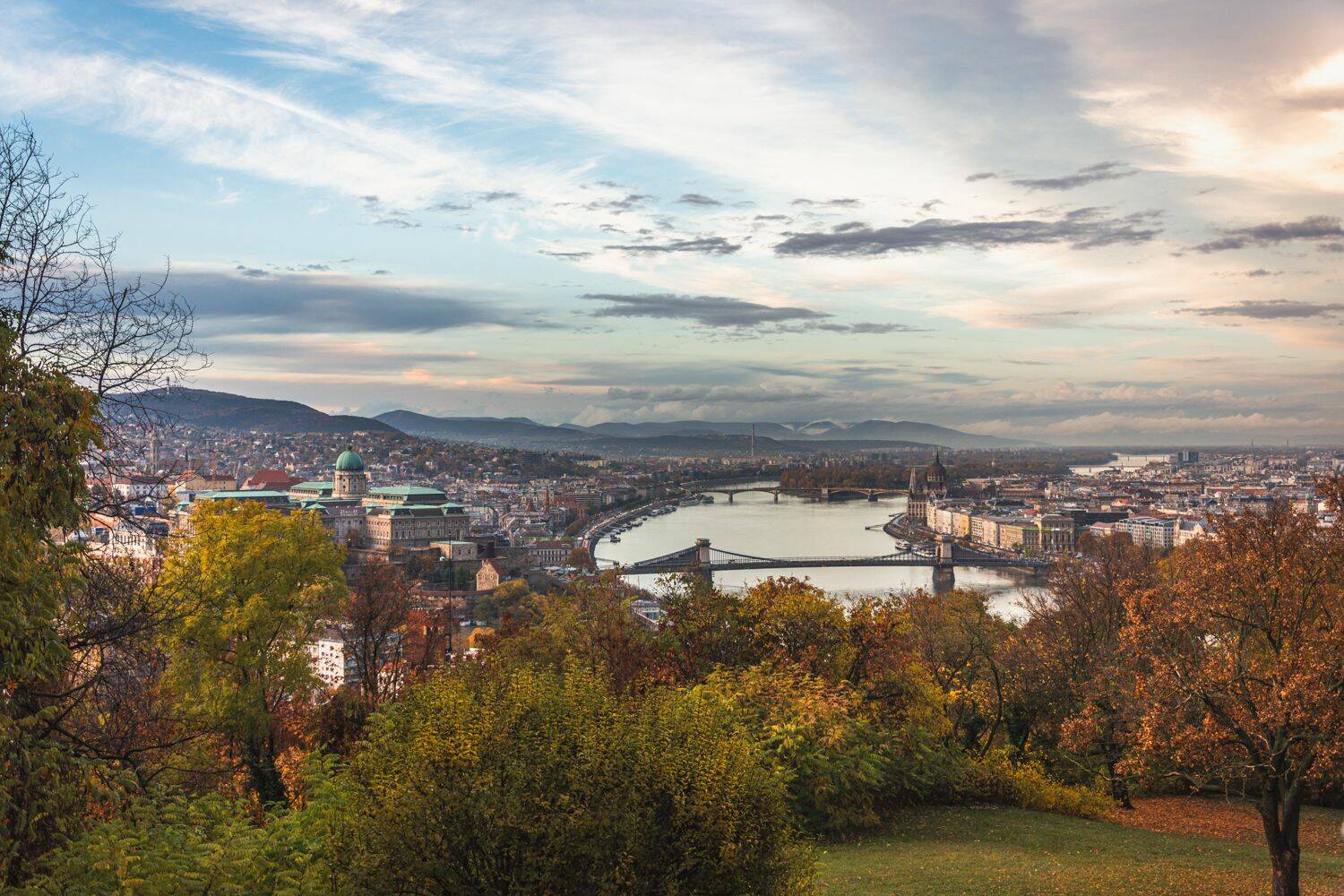

SCROLL DOWN
When it comes to mental health, few things contribute more to how we feel than plants, flowers and nature in general. Whether it’s a long, good walk through the forest, laying on the soft grass of a beautiful park or getting flowers from a loved one just because you needed it… Plants make us feel better. Think about it: when you’re in a park, your mood improves immediately, right? That’s because these (urban) green spaces impact our health as they make us feel more relaxed and positive. They often provide opportunities for exercise as well - which of course also has a positive effect on mental health.
Feel better
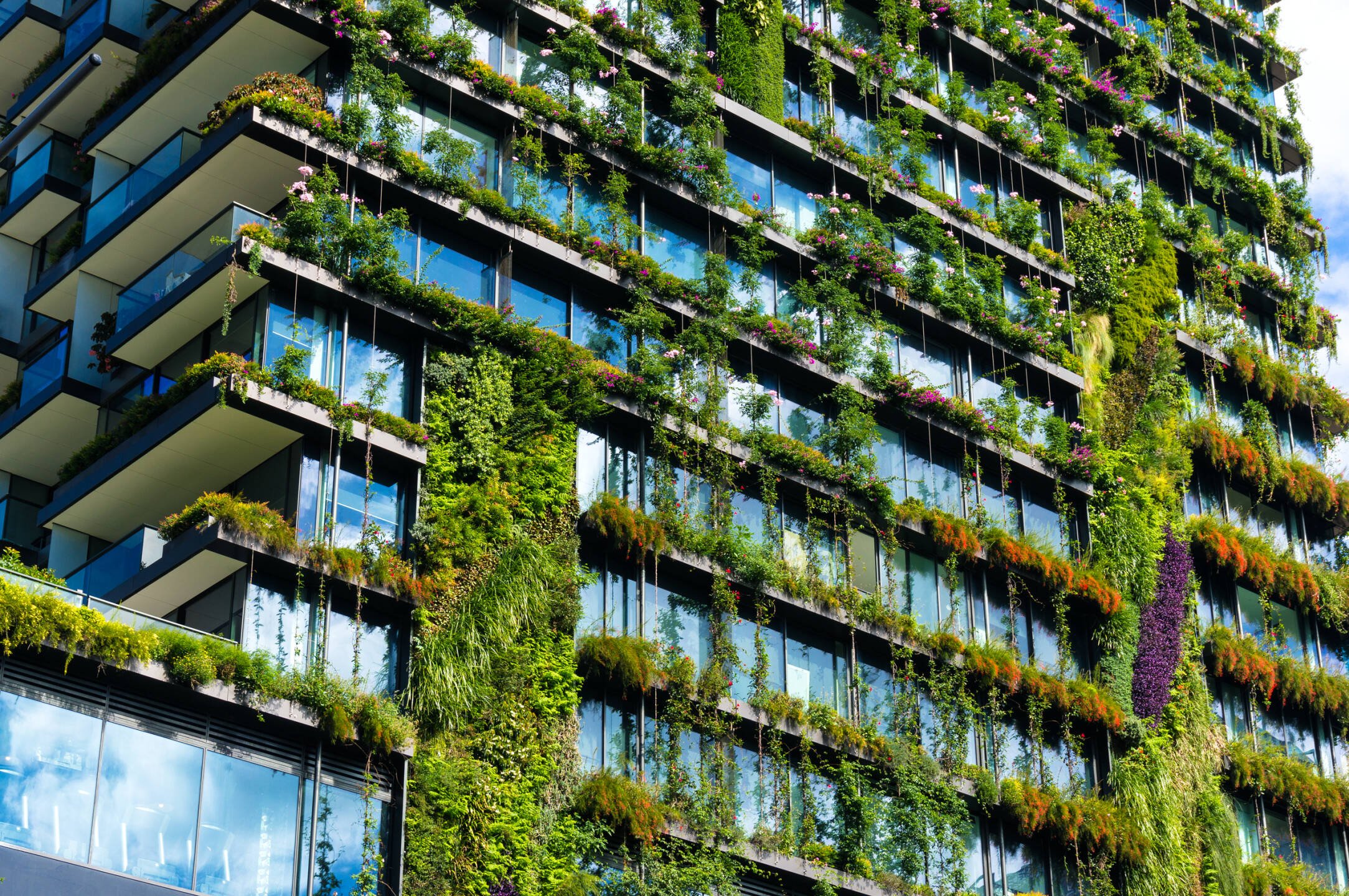
The shared history of plants and people
We hope you’ll deeply enjoy it and are able to use these tips and advice to your own advantage!
From biodiversity in Warsaw to greenery in Grenoble
To round up: it’s safe to say we could have written an entire book about all the beneficial effects of plants on human kind. However, we decided to highlight subjects such as biodiversity, the Green Cities initiative that contributes to a greener Europe and the collaboration between landscape architects and nurseries, to improve the amount of green in cities like Warsaw. There’s also a wonderful video about one of the most noteworthy green cities in Europe, Grenoble, next to tons of other great content in this year’s edition.
Better concentration
Nowadays, we know that being around plants helps you to concentrate better - whether it’s within your own house, while working at a desk in the office or in a classroom. And of course, a higher concentration leads to better results; studies show that when a task is performed while being surrounded by green, it is done better and more efficiently. Imagine how beneficial and helpful this can be when you’re repotting plants, working in the garden or fixing some issues in your nursery!
The relationship between plants and people is complex and very old: 180.000 years ago, people started using plants for food. However, our earliest human ancestors realized that plants and trees were more than just a food source. Plants can heal wounds, cure diseases and improve mental health. Many of the plants used for medical purposes back then, are still being used in modern medicine today. Ginkgo, for instance, is one of the oldest tree species and also one of the oldest homeopathic plants that has always been key in Chinese medicine. Each plant has its own health benefits and is integrated in many cultures.
The beauty and medicinal characteristics of plants also left a mark on our cultural history. In 1540 BC, flowers were already used in ancient Egypt in their burial rituals as flowers would facilitate the journey to the afterlife. The ancient Greek knew that plants could purify the air and would give plants to sick people as they believed the plant would absorb the illness. In ancient Rome flowers and potted plants were part of every wealthy household as a status symbol. And in baroque times, the most flamboyant flower arrangements were celebrated and gifted at any occasion.
Loved by kings, queens, lovers, friends, poets, and philosophers alike; used as food source, in medicine, in culture and religion; plants always had an important place in our history, and still today in our current society. Plants are entwined in every layer of our existence, and its power is undeniable.
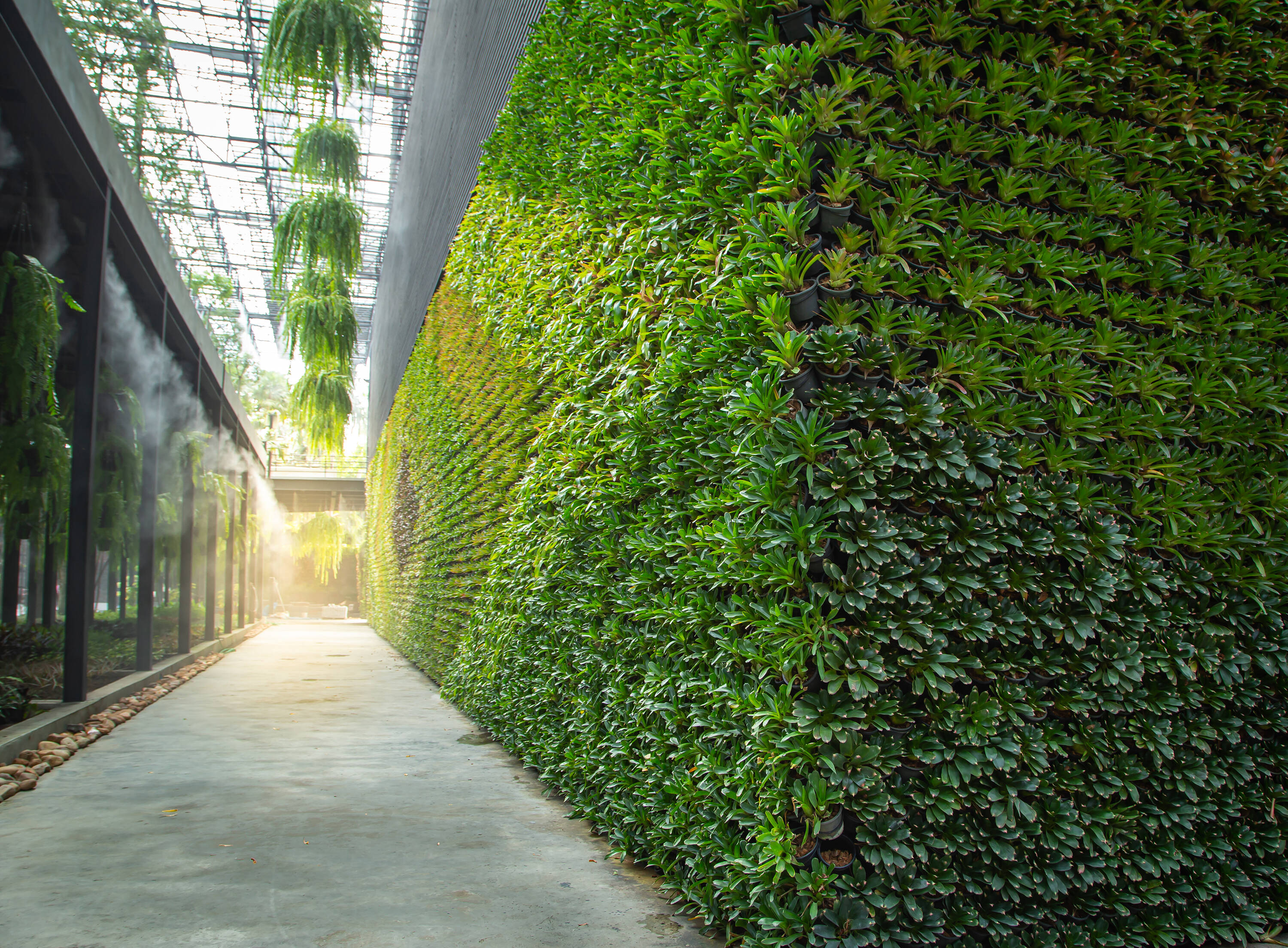
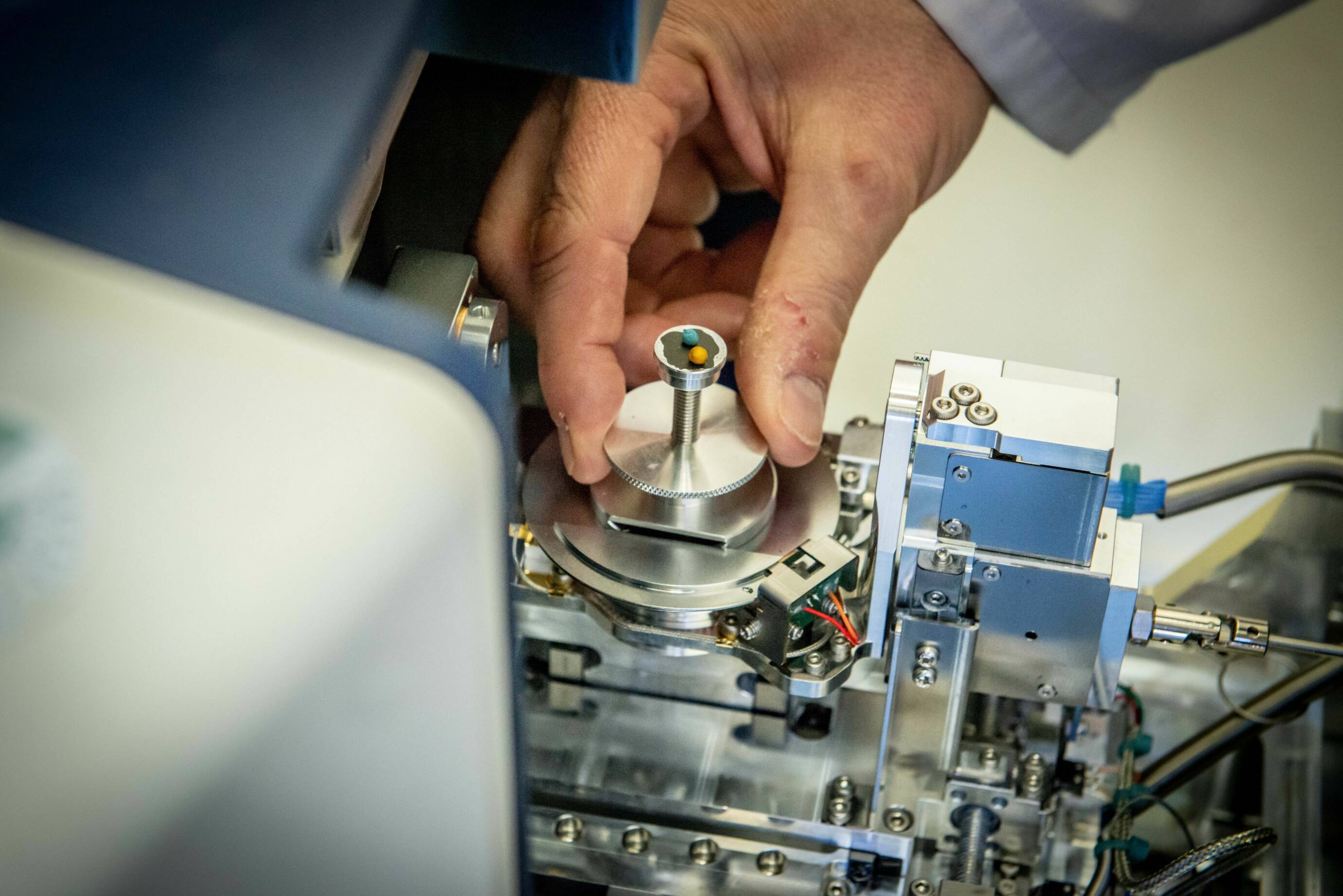
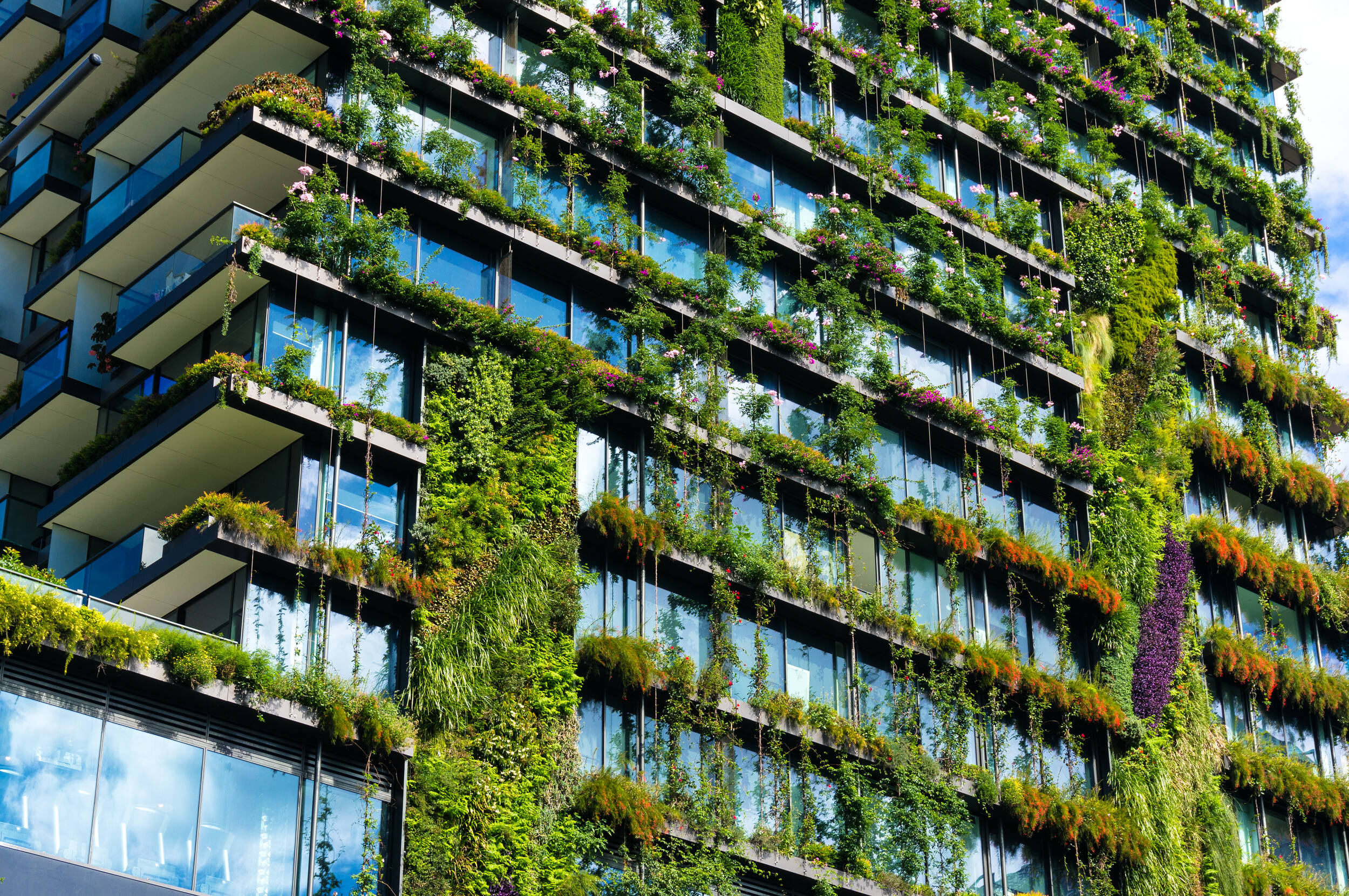
The shared history of plants and people
The relationship between plants and people is complex and very old: 180.000 years ago, people started using plants for food. However, our earliest human ancestors realized that plants and trees were more than just a food source. Plants can heal wounds, cure diseases and improve mental health. Many of the plants used for medical purposes back then, are still being used in modern medicine today.
An ode to plant power

We hope you’ll deeply enjoy it and are able to use these tips and advice to your own advantage!
To round up: it’s safe to say we could have written an entire book about all the beneficial effects of plants on human kind. However, we decided to highlight subjects such as biodiversity, the Green Cities initiative that contributes to a greener Europe and the collaboration between landscape architects and nurseries, to improve the amount of green in cities like Warsaw. There’s also a wonderful video about one of the most noteworthy green cities in Europe, Grenoble, next to tons of other great content in this year’s edition.
From biodiversity in Warsaw to greenery in Grenoble
When it comes to mental health, few things contribute more to how we feel than plants, flowers and nature in general. Whether it’s a long, good walk through the forest, laying on the soft grass of a beautiful park or getting flowers from a loved one just because you needed it… Plants make us feel better. Think about it: when you’re in a park, your mood improves immediately, right? That’s because these (urban) green spaces impact our health as they make us feel more relaxed and positive. They often provide opportunities for exercise as well - which of course also has a positive effect on mental health.
Feel better
Better concentration
Nowadays, we know that being around plants helps you to concentrate better - whether it’s within your own house, while working at a desk in the office or in a classroom. And of course, a higher concentration leads to better results; studies show that when a task is performed while being surrounded by green, it is done better and more efficiently. Imagine how beneficial and helpful this can be when you’re repotting plants, working in the garden or fixing some issues in your nursery!

The relationship between plants and people is complex and very old: 180.000 years ago, people started using plants for food. However, our earliest human ancestors realized that plants and trees were more than just a food source. Plants can heal wounds, cure diseases and improve mental health. Many of the plants used for medical purposes back then, are still being used in modern medicine today. Ginkgo, for instance, is one of the oldest tree species and also one of the oldest homeopathic plants that has always been key in Chinese medicine. Each plant has its own health benefits and is integrated in many cultures.
The beauty and medicinal characteristics of plants also left a mark on our cultural history. In 1540 BC, flowers were already used in ancient Egypt in their burial rituals as flowers would facilitate the journey to the afterlife. The ancient Greek knew that plants could purify the air and would give plants to sick people as they believed the plant would absorb the illness. In ancient Rome flowers and potted plants were part of every wealthy household as a status symbol. And in baroque times, the most flamboyant flower arrangements were celebrated and gifted at any occasion.
Loved by kings, queens, lovers, friends, poets, and philosophers alike; used as food source, in medicine, in culture and religion; plants always had an important place in our history, and still today in our current society. Plants are entwined in every layer of our existence, and its power is undeniable.
The shared history of plants and people